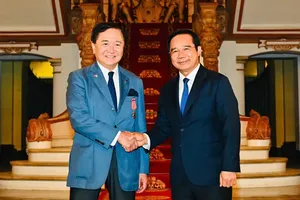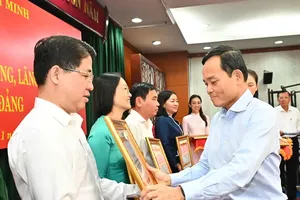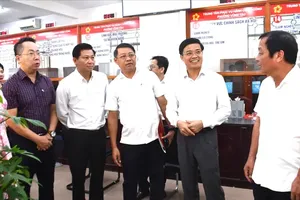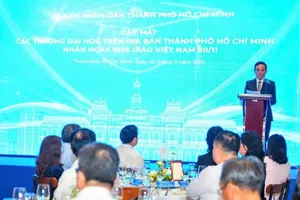The Ho Chi Minh City Department of Agriculture and Environment has submitted a proposal to the municipal People’s Committee for the implementation of a project titled “Efficient Management and Utilization of Land Resources to Generate Investment Capital for Development in HCMC.”
HCMC aims to mobilize VND120 trillion from strategic land banks
According to the proposal, HCMC currently oversees 22 State-managed land plots, covering over 290 hectares, situated around metro stations—key areas seen as having significant potential for development under the Transit-Oriented Development (TOD) model. Specifically, Metro Line 1 has 19 plots in Thu Duc City totaling approximately 62.8 hectares, while Metro Line 2 includes two sites in Tan Phu and Tan Binh districts spanning 28.09 hectares. An additional 200 hectares under the management of Ho Chi Minh City Plants Company Limited in Pham Van Hai Commune (Binh Chanh District) are earmarked for recovery as part of the Metro Line 1 extension.
In areas currently managed by organizations, households, or individuals, the project calls for land acquisition, compensation, support, and resettlement, with projected costs of around VND30.2 trillion (approx. US$1.2 billion). Notable sites include a 314-hectare plot near Tan Kien Station (Metro Line 3a) in Binh Chanh District, a 14.22-hectare site near Thanh Xuan Station (Metro Line 4) in District 12, and a 29-hectare plot at Da Phuoc Station (Metro Line 5), also in Binh Chanh.
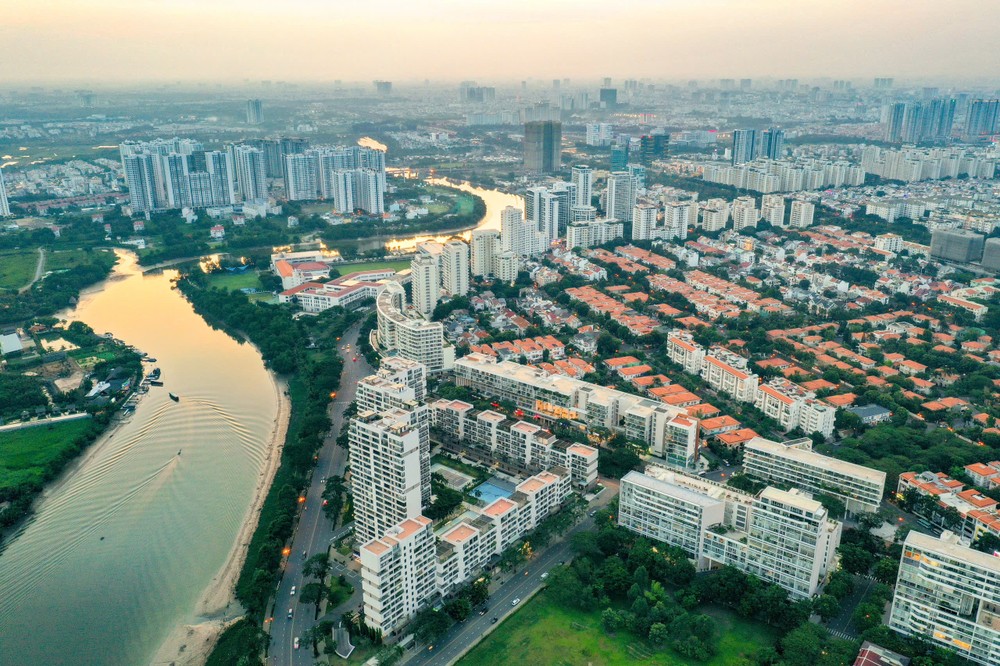
Revenue estimates for State-managed lands around Metro Lines 1, 2, and the extension of Line 1 stand at over VND76 trillion (approx. $3 billion), broken down as follows: VND24.6 trillion from Metro Line 1, VND11.5 trillion from Line 2, and VND40 trillion from the extended Line 1.
Privately managed lands surrounding Metro Lines 3a, 4, and 5 are expected to bring in VND76.6 trillion (approx. $3.1 billion), with the largest share—VND62.8 trillion—coming from the 314-hectare area near Metro 3a. Land surrounding Metro 4 and Metro 5 is expected to yield VND5.7 trillion and VND8.1 trillion, respectively.
After deducting estimated compensation and resettlement costs of around VND32.2 trillion (approx. $1.3 billion), the city projects a net gain of approximately VND120 trillion, or $4.7 billion, for its budget.
Generating over VND55 billion annually from leasing public assets
The proposal also reveals that HCMC currently has 145 State-owned land and housing assets, spanning a total area of roughly 105 hectares, under the management of the Land Development Center. Of these, ten properties—covering 23.85 hectares in areas such as Binh Thanh, Binh Tan, Districts 1, 3, 7, and 10, and Thu Duc City—are earmarked as payment for three build-transfer (BT) infrastructure projects. Six other locations, totaling 3.57 hectares, are being prepared for public auction, while four more (0.81 hectares) are scheduled for measurement and assessment in 2024. Fifty-seven sites—covering 52.57 hectares—are pending transfer, with ongoing processes to relocate residents and resolve boundary disputes.
Each year, approximately VND2 billion (about $78,000) is required to cover security and management of these unused properties, not including repair costs for deteriorated structures, sanitation, and safety-related expenses for nearby communities.
Under the 2024 Land Law, short-term leasing of these state assets is deemed an efficient, transparent management approach. It is expected to curb resource waste, reduce State spending on maintenance, and better align public land use with socio-economic development goals.
The city estimates that annual revenue from short-term leases of the 145 properties could reach VND55.39 billion (around $2.17 million). In addition, this would eliminate the need for the city to allocate VND9.29 billion (around $364,000) annually to the Land Development Center for operating expenses.
Unlocking land resources to accelerate urban development
The overarching aim of the proposal is to enhance the effective management and utilization of land to generate capital for public investment. The city plans to tap into land reserves across districts, Thu Duc City, and suburban areas—particularly around metro stations, traffic nodes, and major thoroughfares—to create large-scale land banks under unified state control. These efforts are intended to align with existing master plans, accelerate the city’s development pace, and facilitate the creation of modern, smart, and well-planned urban zones that seamlessly connect to city centers and adjacent areas.
HCMC also intends to redistribute its population by encouraging resettlement from central districts to suburban areas. The city will designate land and housing reserves for resettlement projects targeting informal housing on canals or substandard living areas. This effort also includes advancing the urbanization of outlying districts such as Hoc Mon, Binh Chanh, Cu Chi, and Nha Be—areas with ample agricultural land—while continuing urban renewal in inner-city districts and Thu Duc City in line with the TOD model.
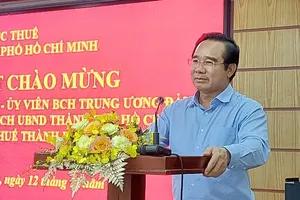
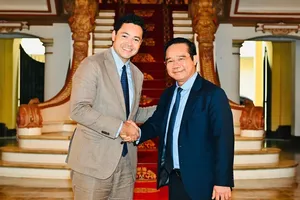
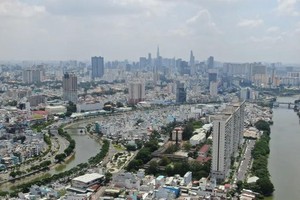
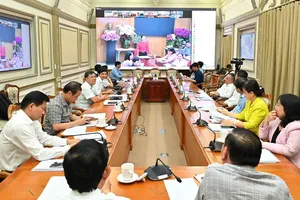

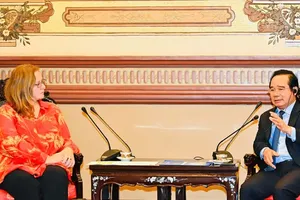
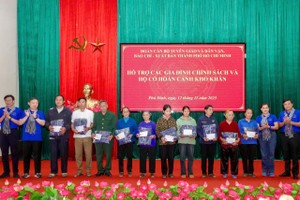
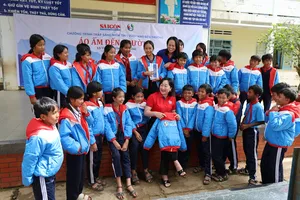
)
